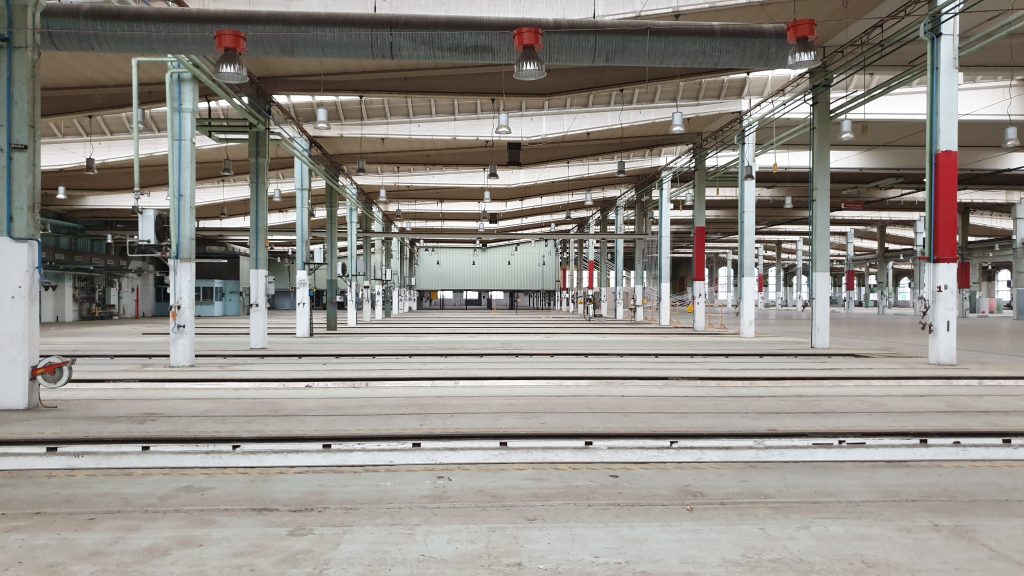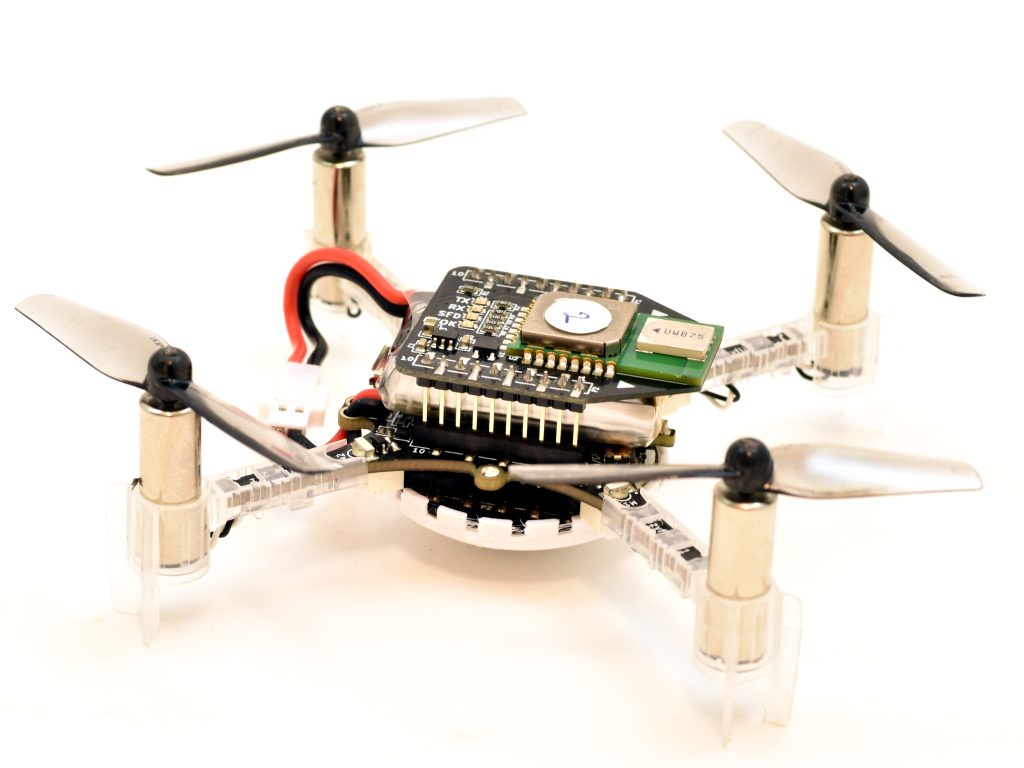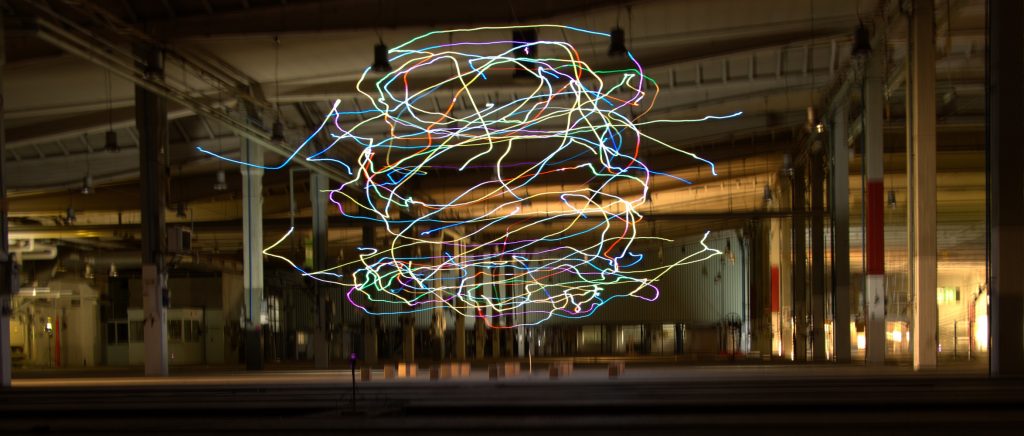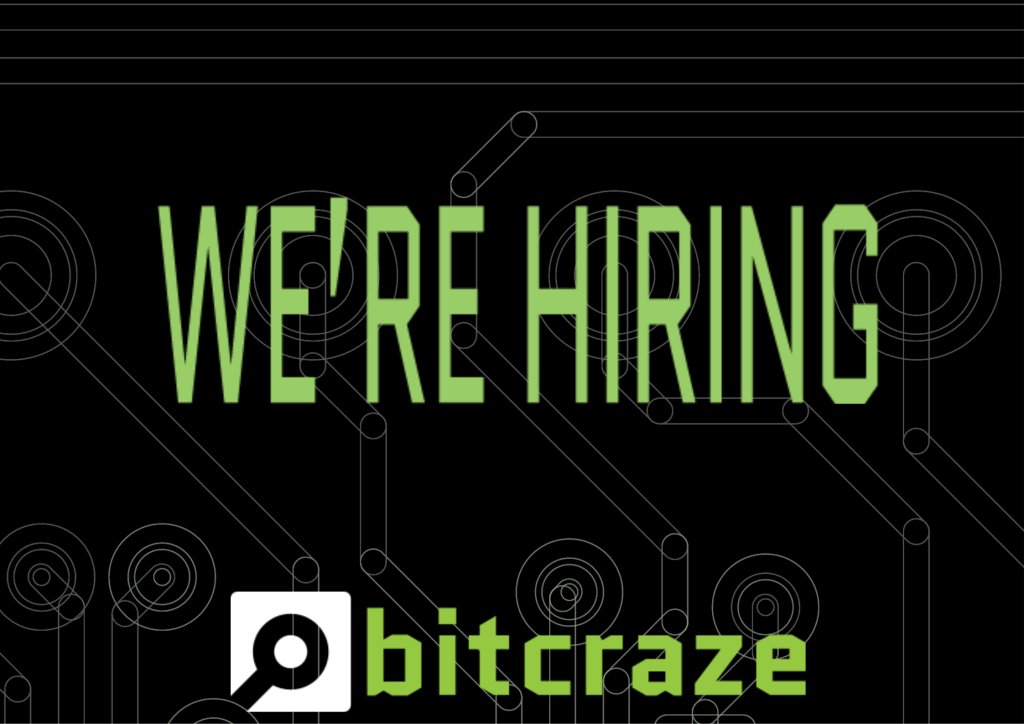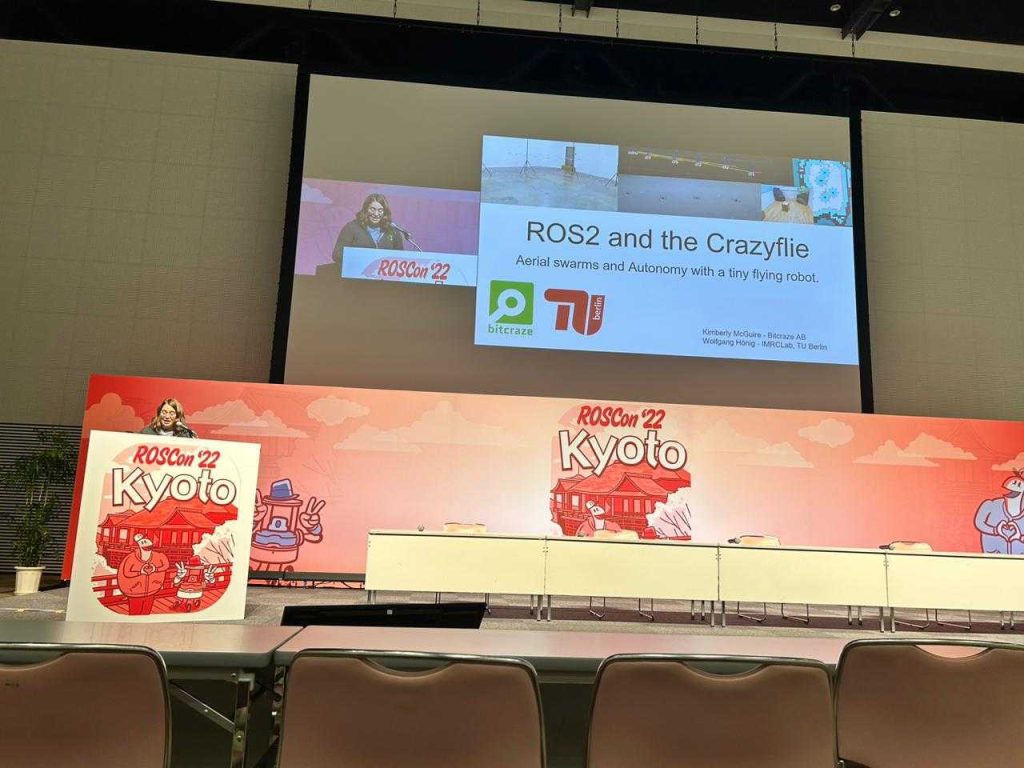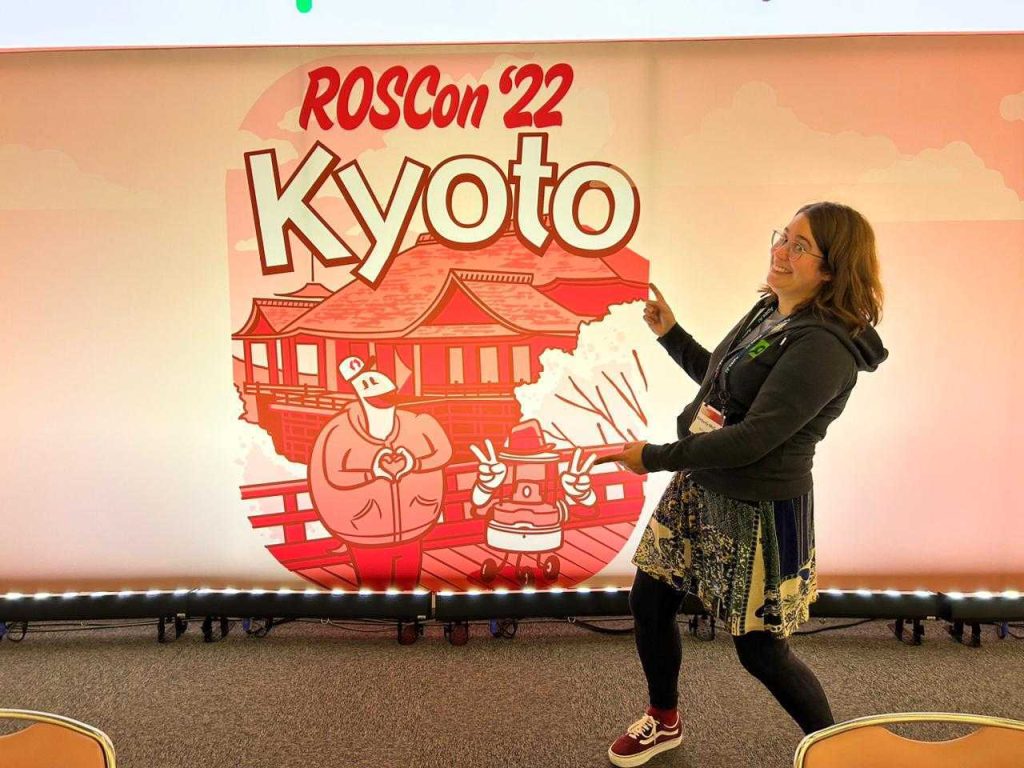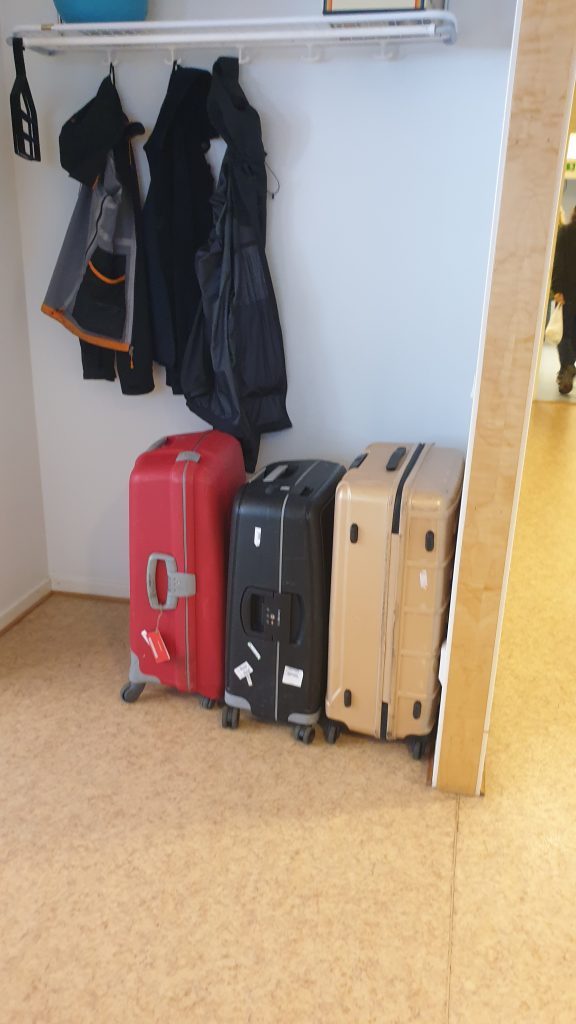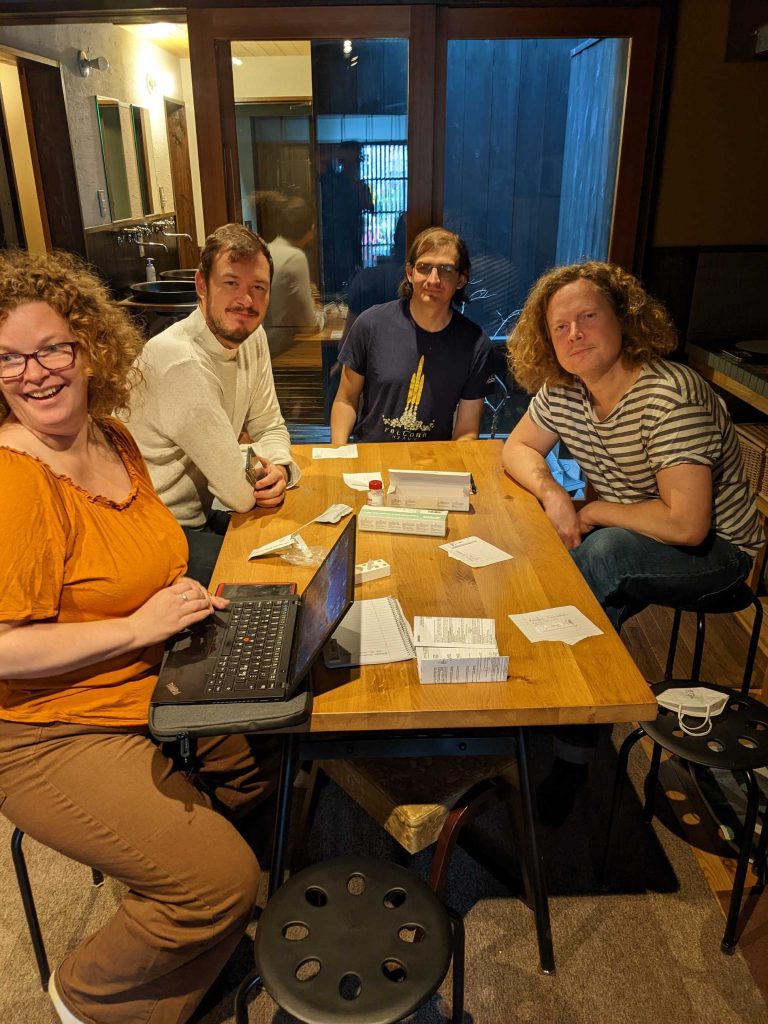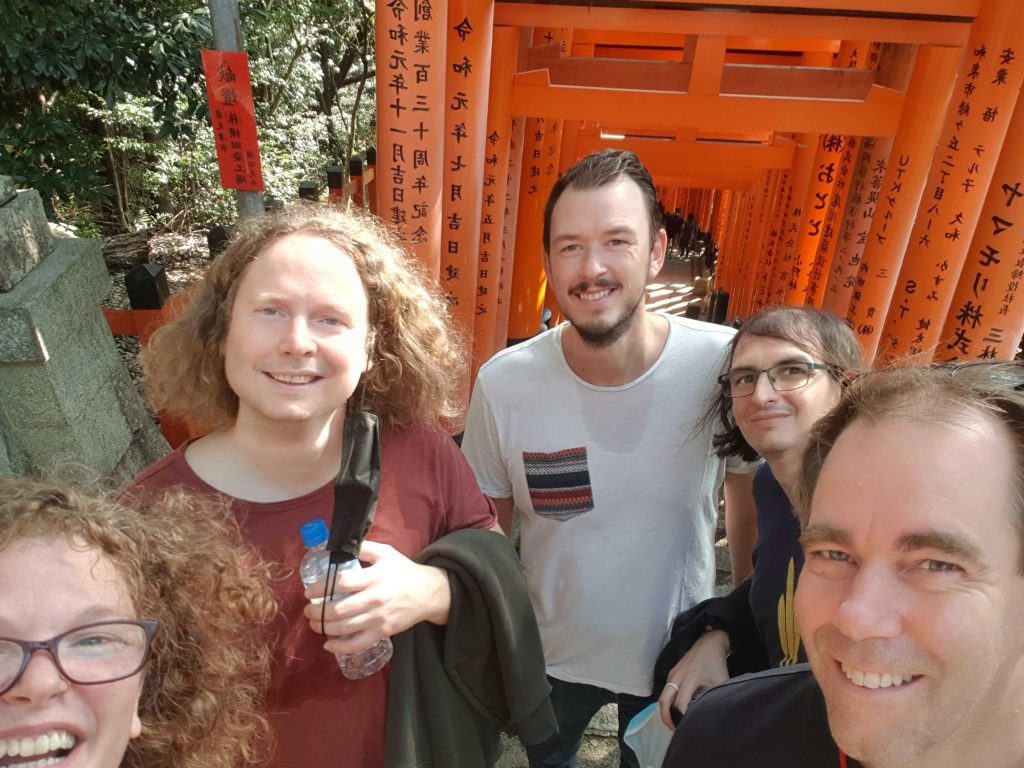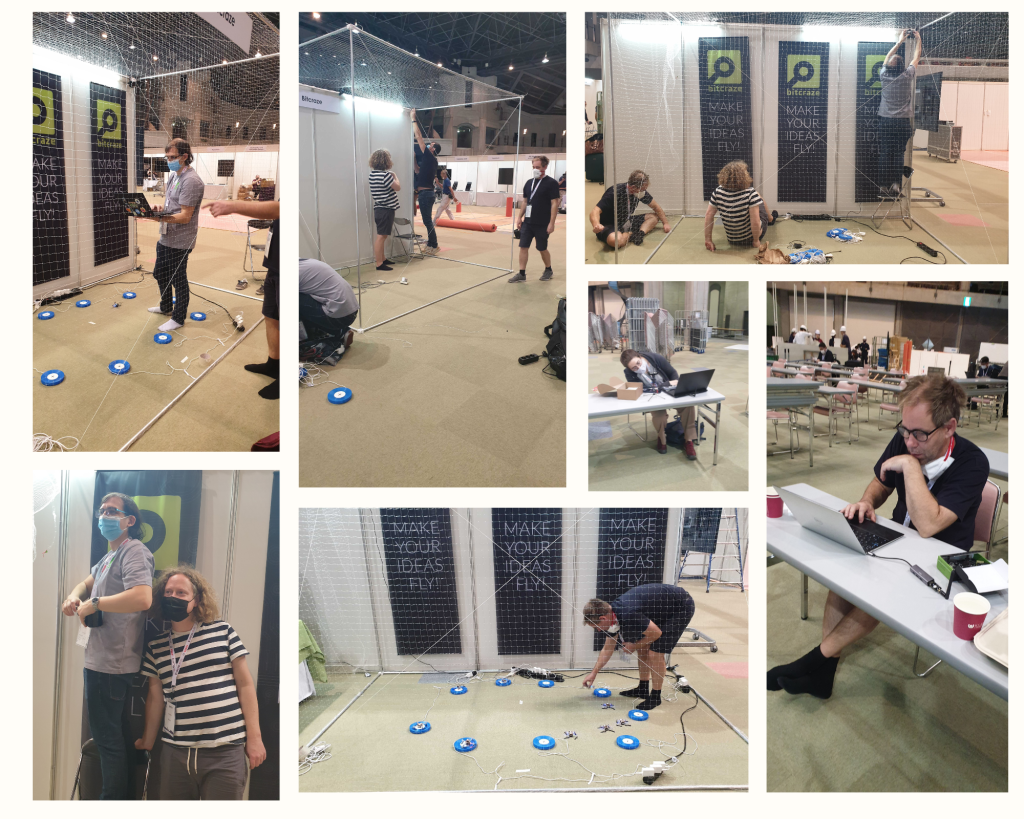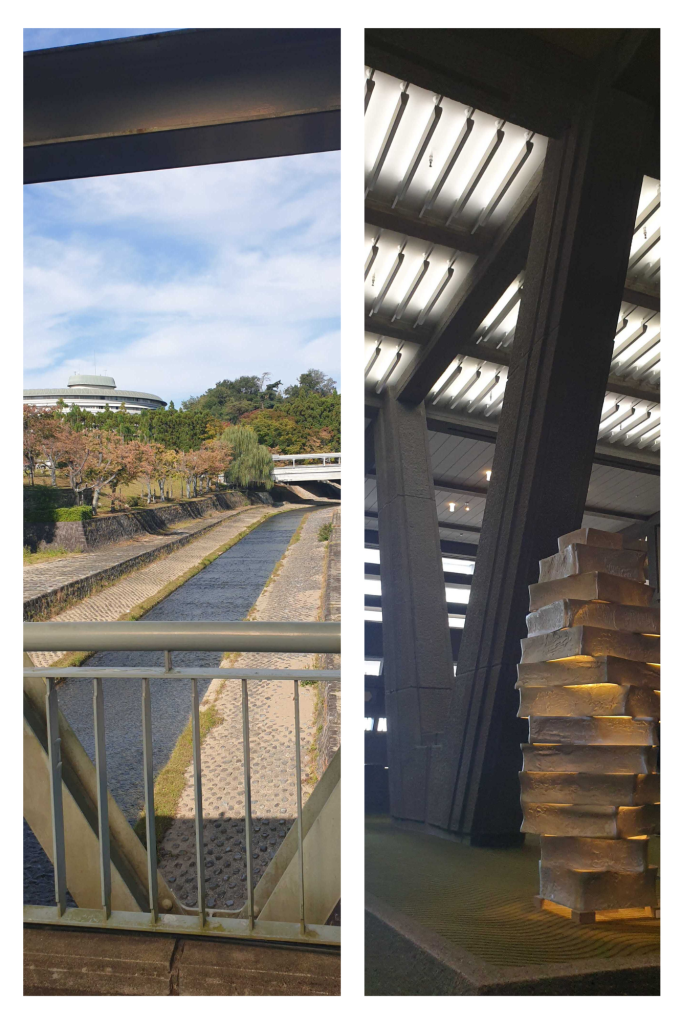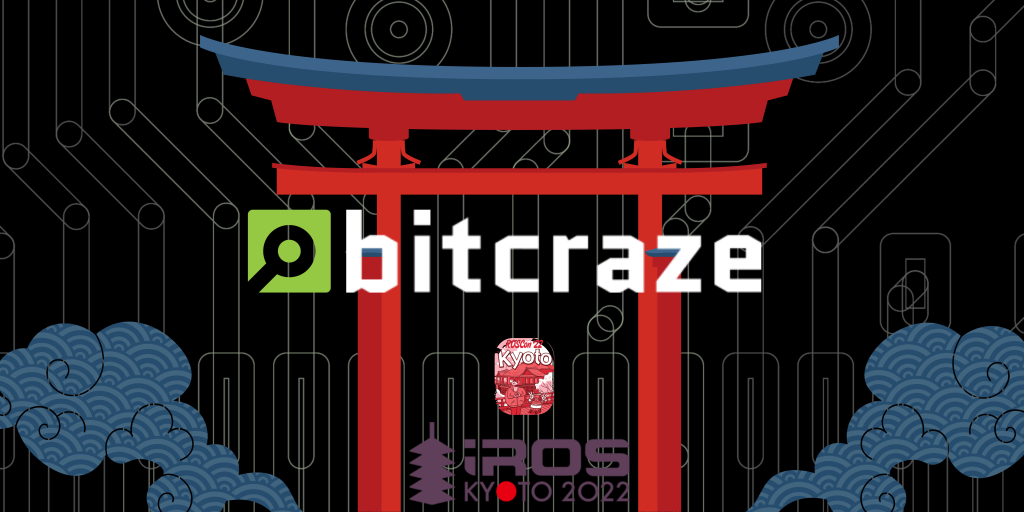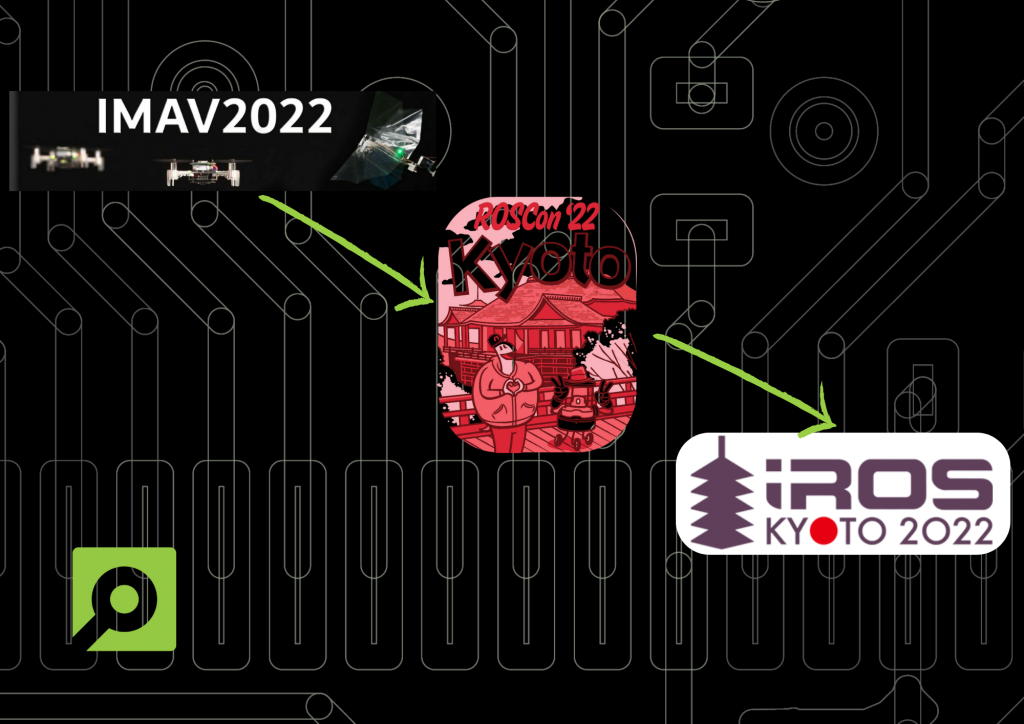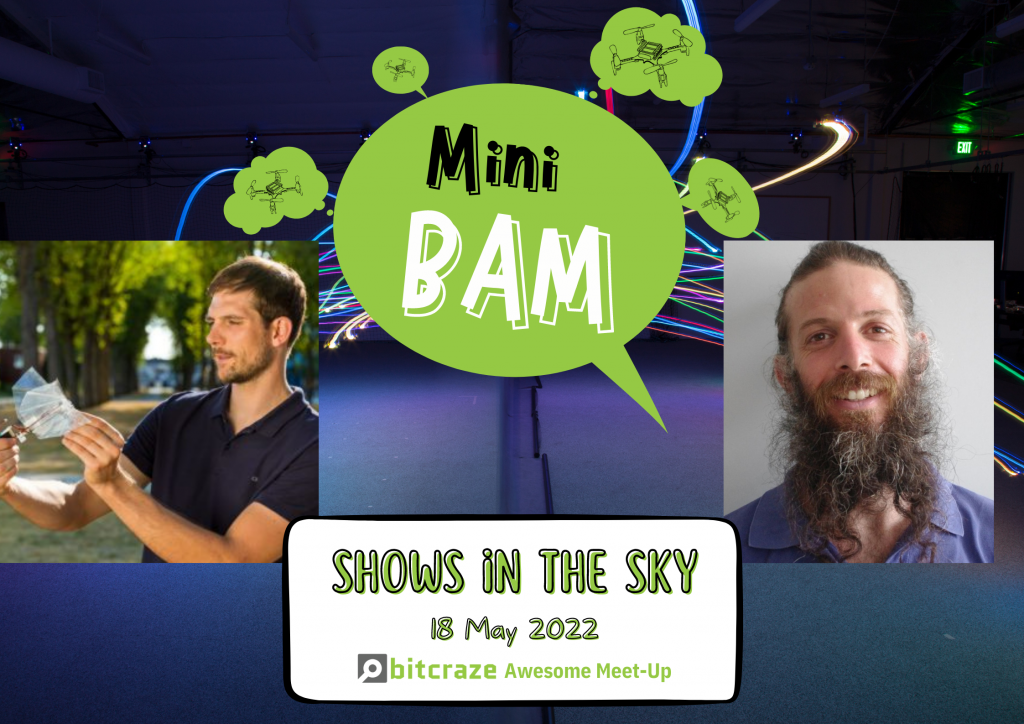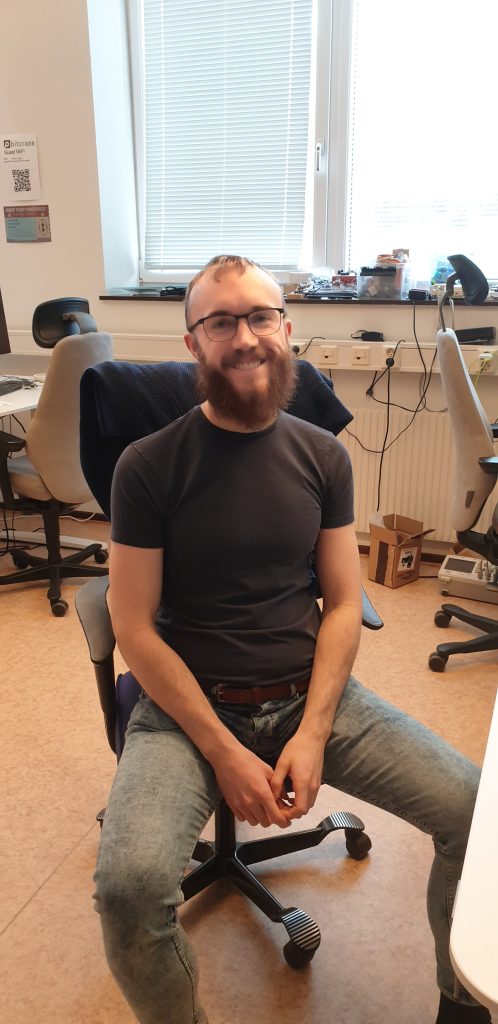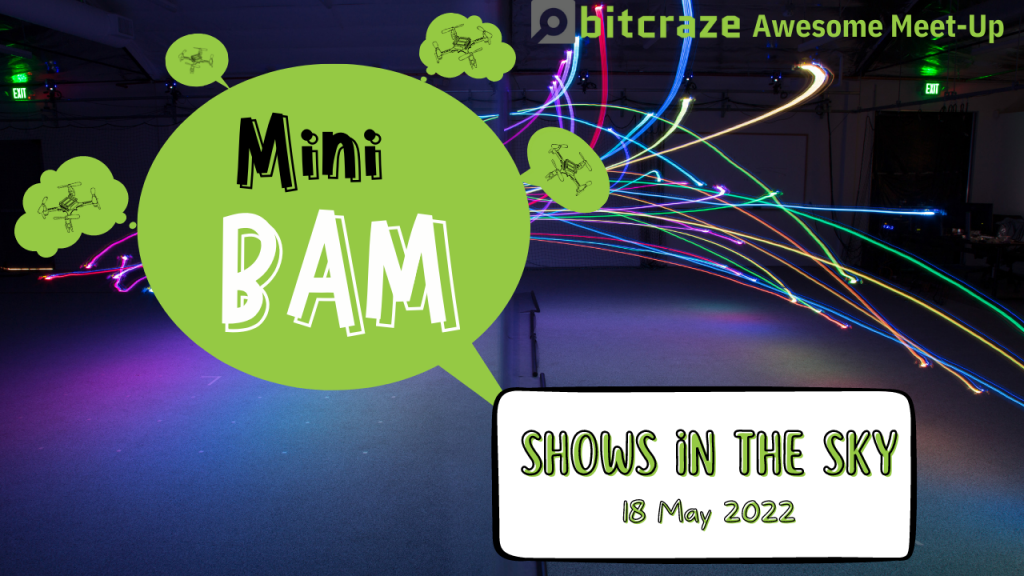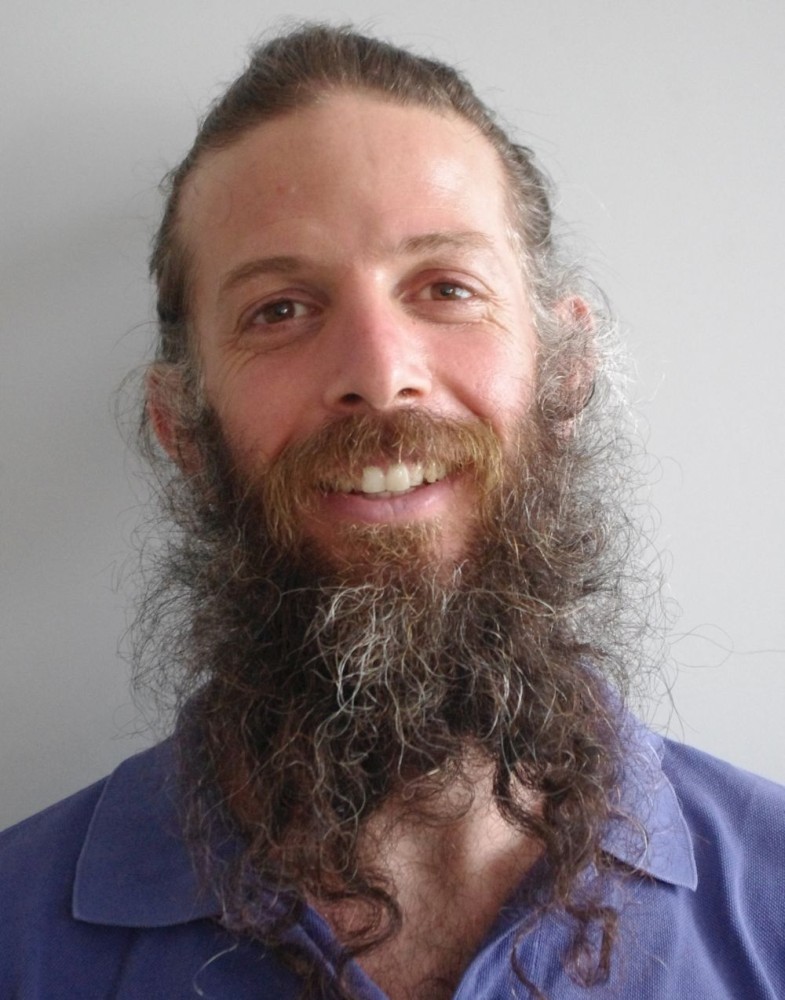It’s the end of the year, and as usual, it’s time to be a little nostalgic and look back at what happened at Bitcraze during the last 12 months.
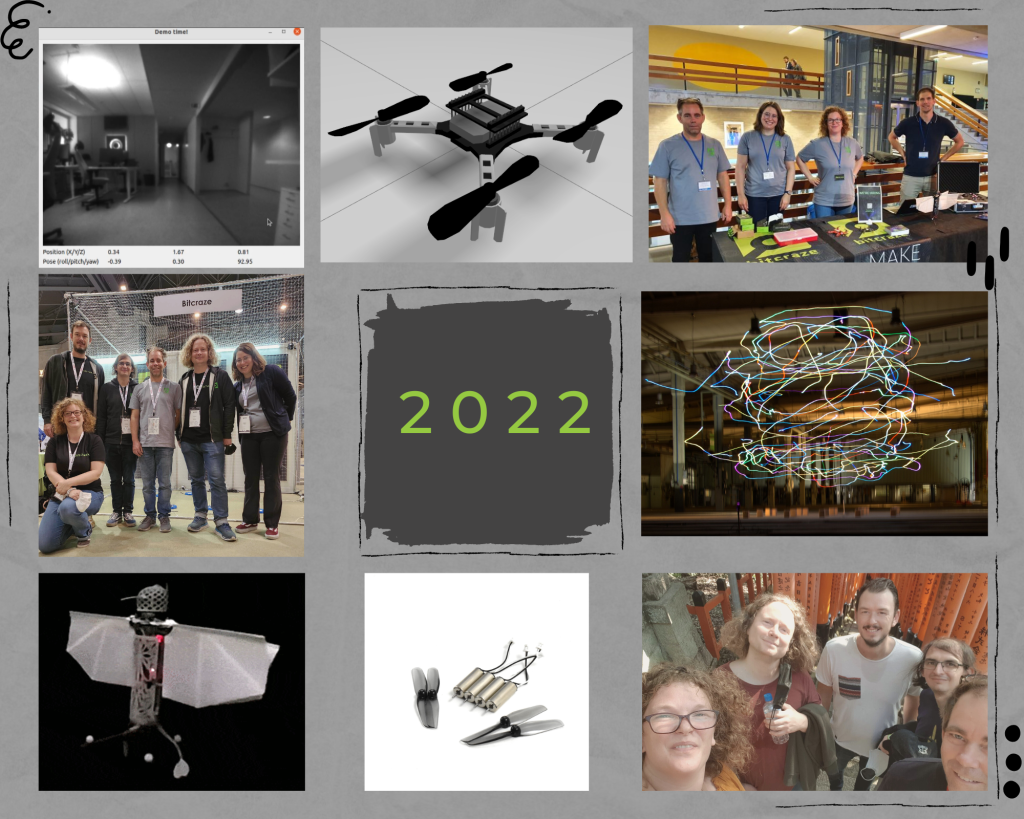
Community
2022 marked the easing out of the pandemic; and we finally got the opportunity to do onsite, physical conferences for the first time since 2020.
First, it was Kimberly alone that spend some time in the spring to visit some of our users across labs in Europe (we called it the Grand Tour). Then we visited IMAV, in the Netherlands, were we saw an amazing competition involving the AI deck. We actually also had the Crazyflie feature in an hackathon in Stockholm, in June.
But the conferences we’ve been longing for the most, and that took a good chunk of our time, was IROS and ROSCon in Japan. Preparations were intense, and for the first time, all of us were gone during one week ! Our intern Marios worked on the demo during the summer, and we presented a fully autonomous demo. We were really glad to spend time in this beautiful country to show our stuff, meeting people and discover new ways researchers use the Crazyflie.
We also had our very first Mini BAM, with Flapper Drones and CollMot. Worth of note, Mark Robber used the Crazyflie as a glitter dispenser in his latest video, in which he designed the drone to fly (without a positioning system!) from a box where it charged all the time.
Guest blog posts
And since we had more opportunities to meet our customers, we also had some interesting visits on our blog !
- NanoFlowNet: Real-Time Dense Optical Flow on a Nano Quadcopter
- Towards Autonomous Flight on Nano-Drones with Multi-zone Depth Sensors
- Single Actuator Monocopters (SAMs)
- H-ModQuad: Modularity for Versatility
- Introduction to Robotics at Princeton
- A Modified EKF for Constant Altitude Flights
Software
We worked on 5 releases this year!
- 2022.12 – Merry Christmas!
- New release: 2022.09
- Release 2022.05 with new AIdeck Functionality
- New release 2022.03
- New release: 2022.1
We finally got the AI deck out of early access, with new improved infrastructure. We even got a nice example of using the AI deck for CRTP over WiFi (via CPX) !
We also spent some time on our positioning systems. One big win at the beginning of the year was to add the possibilities to have more than 2 base stations with Lighthouse. We also improved the Lighthouse geometry estimation. But Lighthouse was not the only one to receive our love, we worked on scaling up the The Loco positioning system that was nicely demonstrated in the New Year’s video.
Kimberly created a nice simulation model for the Crazyflie, now officially available in Gazebo. We also switched to K-build. And the development of Crazyswarm2 and implementation of ROS2 took (and is still talking) some time.
Hardware
We got new motors and propellers for increased thrust , they are now available in the store! For the first time, we will also have a product made and designed by a third party, namely the Nimble + designed by Flapper Drones. I heard that the Christmas elves are working hard to get it to us soon !
We also had some upgrades on the Lighthouse, SD-card and Biq-Quad deck.
This last couples of month, we also dedicated a lot of time on a new Crazyradio and new communication architecture.
Documentation
After 10 years of loyal services, we retired the forum, in favor of github discussions. We also improved the client with CFclient: GUI, Lighthouse and Bolt improvements and some debug Tools.
Bitcraze
A lot changed here too ! Jonas left and Arnaud took his parental leave, so with 2 men short we felt quite under staffed… That’s why we started looking for new Bitcrazers to join the team.
Thankfully, some people joined in, though temporarily. Marios worked here during the summer, and Victor joined us part time to help out too.
As usual, it’s always nice to see all the things we’ve done in the span of one year, and we’re happy with the progress we’ve made in 2022!
